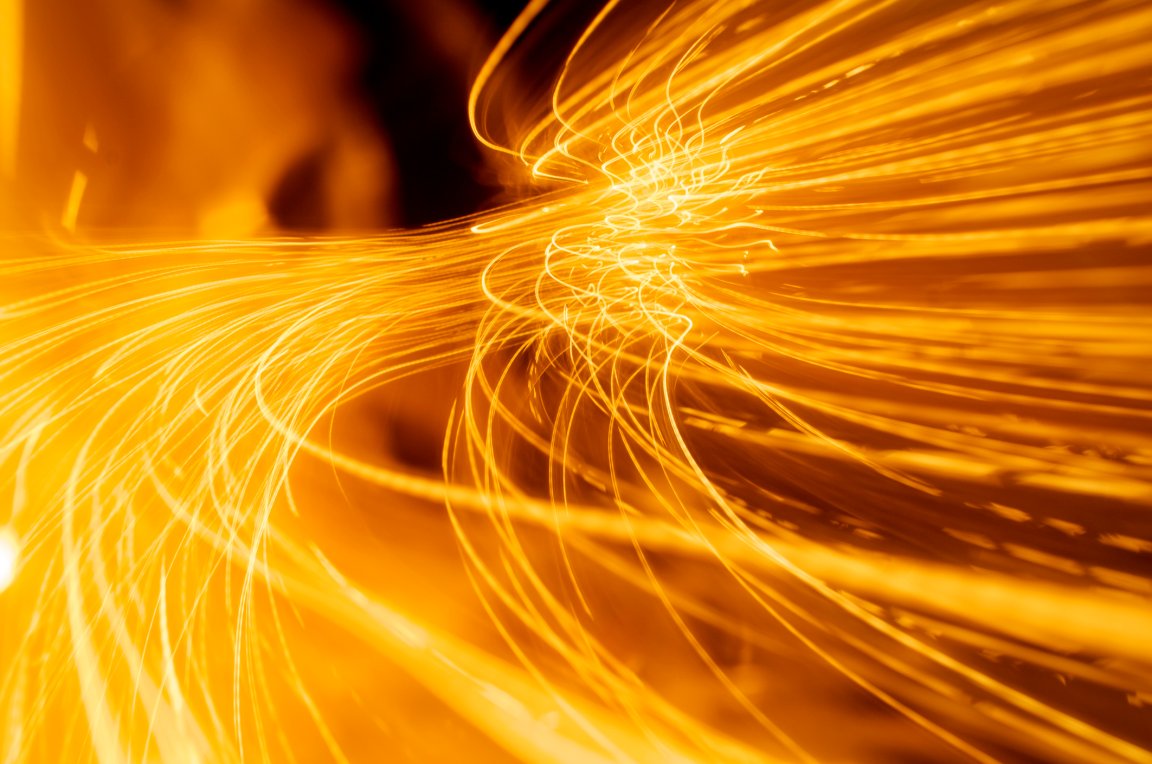
Light-Speed, Explained
In one of his videos from earlier this year, YouTuber Joe Scott, host of “Answers With Joe,” takes on the glaring question of the speed of light. In a vacuum, the speed of light is 299,792 kilometers per second (186,000 miles/second). That seems really fast in terms of speed as we know it here on Earth, but in the grand scheme of the universe, that’s actually pretty slow. For instance, it would take you 45 minutes to travel from the Sun to Jupiter at the speed of light.
Einstein’s special theory of relativity proposed that the closer you get to the speed of light, the more time slows down. Should you actually arrive at the speed of light, time completely stops — and you know what that means, right? That if you could go faster than the speed of light, time would begin going backwards.

The other important consideration here is that nothing with mass can reach the speed of light, because as something approaches the speed of light, inertia increases — which, if that something has mass, couldn’t happen because its mass would slow it down. Alternatively, as Scott explains, something that has no mass at all can only travel at the speed of light — without mass, it can’t actually go any slower. So, what’s traveling at the speed of light? Photons — particles that have no mass.
Another Possibility
Some physicists, however, suggest that there might be one other cosmic factor that could influence the speed of light: quantum vacuum fluctuation. This theory holds that so-called empty spaces in the universe aren’t actually empty — they’re teeming with particles that are just constantly changing from existent to non-existent states. Quantum fluctuations, therefore, could slow down the speed of light.
However, this theory is still controversial and doesn’t actually answer the most basic question of all: What if the speed of light isn’t what we take it to be? What if it’s infinite? Well, that would actually solve all of our problems, wouldn’t it? Because in that case, nothing would exist.